7 Proven Ways AI Improves First Contact Resolution in Support

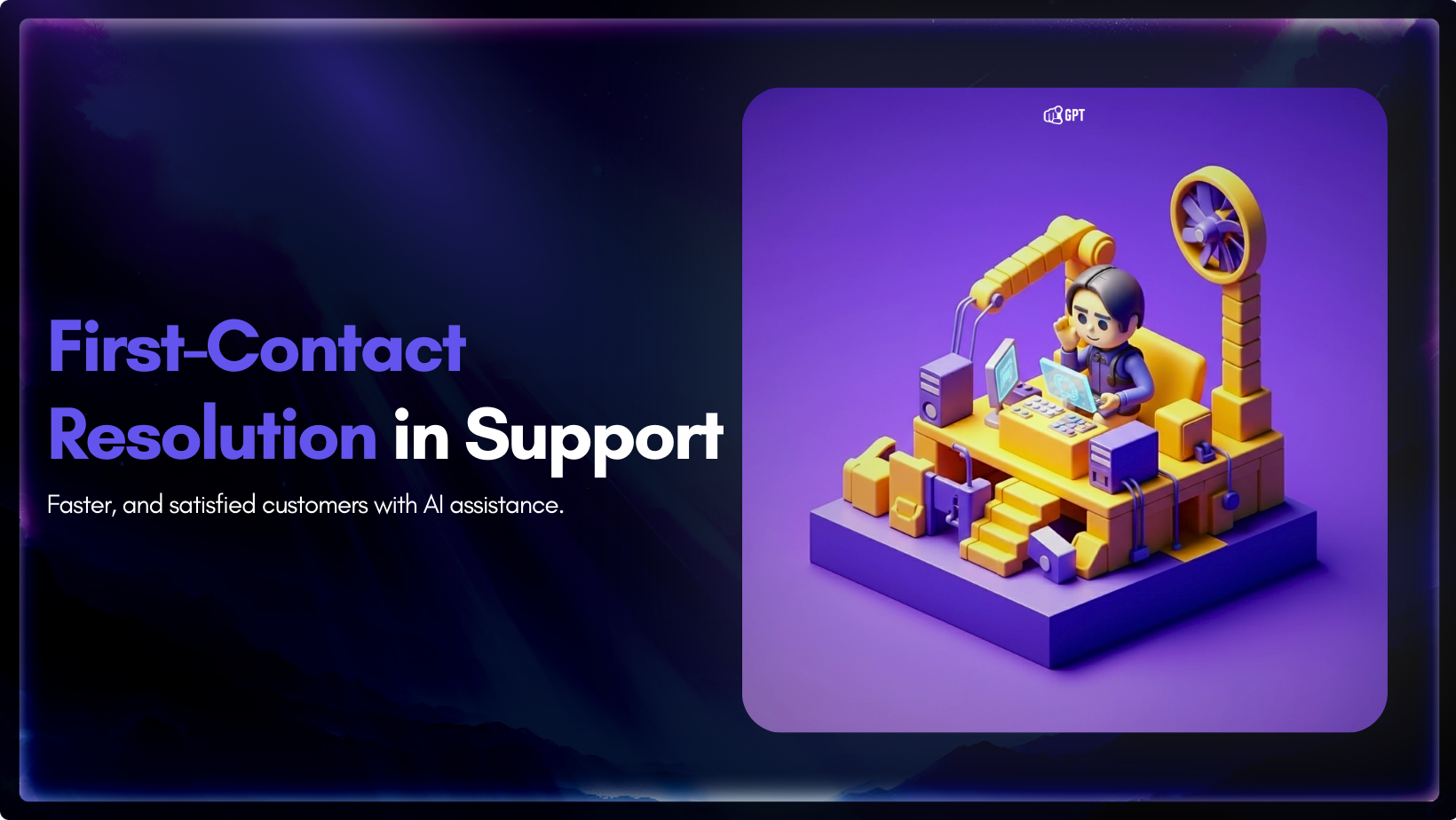
Every support leader wants faster resolutions, fewer repeat tickets, and happier customers. First contact resolution (FCR) is the metric that ties these together. A 1% lift in FCR brings a 1% rise in customer satisfaction and with AI applied effectively, mid-sized teams can save over $60k each year in reduced support costs.
Yet many operations face the same hurdles: long hold times, inconsistent answers, and missing context. Agents spend precious minutes searching for details instead of solving complex issues. The result is frustration for customers and inefficiency for teams.
AI changes this dynamic. It can resolve routine queries automatically, surface answers instantly, and give agents real-time suggestions. The outcome is faster resolutions, higher first-contact success, and a smoother experience across chat, email, and voice.
In this blog, you’ll learn seven practical ways to apply AI so your team can close more tickets on the first try and deliver a consistent, high-quality support experience.
First-contact resolution (FCR) measures how often a customer’s issue is completely resolved during the very first interaction. When this happens, customers enjoy a smoother experience, with no need for additional steps or repeated explanations.
It’s one of the most reliable ways to understand the health of a support operation because it reflects both speed and accuracy. If the number is high, you know your team has the right tools, context, and processes. If it’s low, it usually means customers are repeating themselves, agents are hunting for information, or your workflows are breaking down.
FCR matters because it impacts three outcomes that executives and customers both notice immediately:
Tracking it doesn’t need complicated tools. The two most reliable approaches are:
When you combine both, you get a number that reflects reality instead of just system records.
The formula is simple:
FCR (%) = (Issues resolved on first contact ÷ Total issues handled) × 100So if your team closes 180 of 200 tickets on the first attempt, your FCR is 90%.
That number only becomes meaningful when you look at it in context. For example, a 90% FCR alongside long handle times suggests customers are getting answers, but agents may be working inefficiently. A 70% FCR with high CSAT might indicate that while not every ticket is resolved upfront, customers value the care they receive.
First Contact Resolution (FCR) works best when it is looked at together with Average Handle Time (AHT), Customer Satisfaction (CSAT), and Net Promoter Score (NPS). Together they give a fuller view of how well support is performing instead of just one number.
A consistent FCR is a good indication that customers are receiving timely, accurate answers and systems are working at their best, and the business is delivering support that scales effectively.
First-contact resolution hinges on two things: speed and accuracy. AI tackles both by automating routine tasks, minimising mistakes, and surfacing the right information exactly when it’s needed. Here’s how leading support teams put AI to work:
By layering these AI capabilities across chat, email, and voice channels, your team handles predictable requests immediately, supports agents in real time, and focuses human expertise where it matters most. This drives up FCR and delivers a smoother experience for every customer.
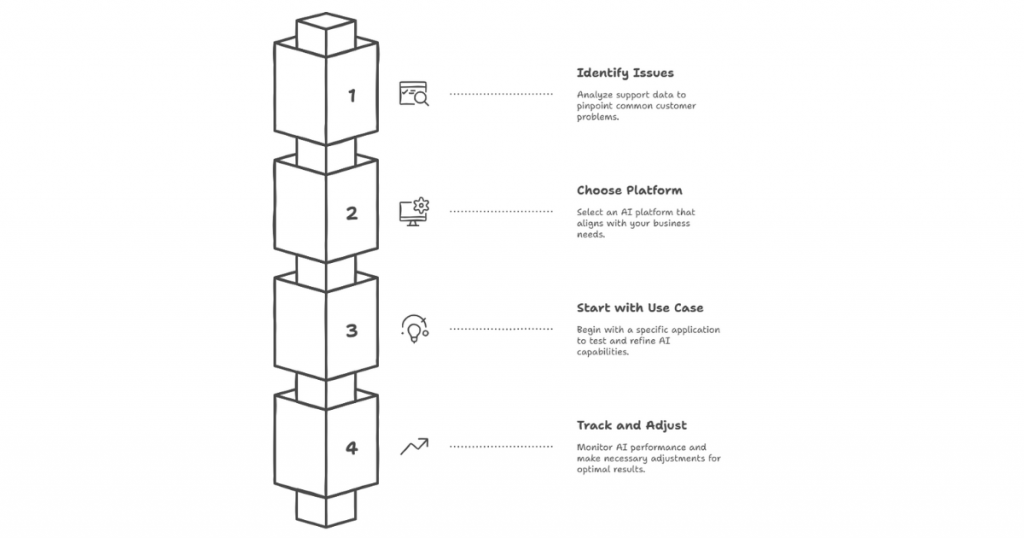
Begin by targeting the areas where AI delivers the biggest returns, such as high-volume, predictable tasks that tie up your agents. Automating every process at once creates complexity. Focusing on a single, well-defined use case lets you prove value quickly and build momentum for broader adoption.
1. Identify High-Frequency Issues
Review your ticket history for the past three to six months and group requests according to topic. Look for repeatable enquiries such as order status checks, password resets, and delivery updates that follow clear resolution steps. These are prime candidates for AI because they don’t require complex judgement. Confirm that your existing knowledge base already holds the answers, then prioritise the issues that eat up the most agent time without needing human discretion.
2. Choose the Right AI Platform
Not all AI tools are built for FCR improvement. You need a solution that combines a chatbot with real-time knowledge-base access, agent-assist suggestions, and smart routing.
3. Pilot a Single Use Case
Choose one straightforward task such as tracking orders or resetting passwords that meets your criteria for high volume and low complexity. Run internal tests to verify accuracy, then launch the pilot. Monitor resolution rates, fallback triggers, and customer feedback over a two to four week period before expanding to the next use case.
4. Measure, Refine, and Scale
With your pilot live, track key metrics weekly for the first month and monthly thereafter: FCR rate, ticket reopen rate, average handle time, and CSAT. Analyse any reopened or escalated tickets to uncover gaps such as missing context, incorrect suggestions, or weak routing logic, and adjust your AI flows accordingly. Regular agent feedback will surface usability issues early. Once your initial use case consistently hits targets, apply the same disciplined process to automate additional support tasks.
By starting small, measuring rigorously, and refining based on real-world data, you’ll build a scalable AI-driven support operation that maximises first-contact resolution and delivers a smoother experience for your customers.
Numbers and strategies show the potential of AI, but the best proof comes from how real companies apply it. Two organisations in different industries, banking and telecom, have achieved measurable gains in first contact resolution with YourGPT.
For St. Kitts Nevis Anguilla National Bank (SKNANB), customer expectations were rising while query volumes kept growing. Agents had to juggle multiple systems to find answers, and round the clock support was difficult to sustain. These gaps often meant slower responses and repeat contacts.
By introducing a YourGPT AI assistant trained on its banking products, policies, and security rules, SKNANB transformed the way customers interacted with the bank. The AI now handles everyday enquiries instantly across digital channels while routing complex cases to the right agent with full context.
The results were clear:
For SKNANB, AI did not just deflect tickets. It delivered a more dependable banking experience, available every hour of the day.
Norwegian mobile operator Talkmore faced a familiar challenge in telecom. The majority of its support workload came from first line enquiries about subscriptions, billing, and service use. During peak times queues grew quickly, putting pressure on agents and stretching service quality.
Talkmore partnered with YourGPT to deploy an AI assistant trained on its plans, billing rules, and support guidelines. The AI became the first touchpoint for high volume requests, giving customers immediate answers and ensuring accuracy across channels. Agents were then freed to focus on more complex issues such as technical troubleshooting and account management.
The impact was immediate:
For Talkmore, AI meant scaling support capacity without adding staff, while customers benefited from faster and more reliable service.
A solid FCR rate for live agents falls between 70% and 80%. For AI chatbots handling simple requests, a good target is above 80%.
AI can handle structured, repetitive issues well. For complex requests, it helps by collecting context, suggesting steps, and routing the query to the right person. This speeds up resolution, even if a human steps in.
AI reads the customer’s message, identifies the issue type, and routes it based on priority, past interactions, and agent expertise. This cuts down delays and avoids unnecessary transfers.
Look for tools that combine chatbots, agent assist, and smart routing. These work together to respond faster, suggest accurate replies, and send the issue to the right person from the start.
Yes. When issues are resolved the first time, follow-ups and escalations drop. This means fewer open tickets and less time spent per issue—leading to lower overall costs.
Track how many tickets close without a follow-up. Many platforms offer built-in FCR tracking for both AI and human-assisted tickets.
Start with questions that come up often and follow a clear process—like order tracking, password resets, or billing updates. These are simple to automate and make a quick impact.
Yes. AI can suggest answers, provide links to policies, and flag relevant info while the agent is typing. This helps agents respond faster and avoid mistakes.
Deflection means avoiding a ticket entirely—usually through self-service. FCR means solving a ticket on the first try. Both matter, but FCR focuses on resolution, not avoidance.
In the first month, review weekly. After that, monthly check-ins are enough. Focus on how well AI is resolving issues, not just how often it’s used.
Improving first-contact resolution is more than a productivity gain. It reshapes the support experience. When issues are solved in the first interaction, customers spend less time waiting and agents focus on more meaningful work. That speed builds trust and drives satisfaction.
AI accelerates this shift by resolving routine requests, guiding agents with context-aware suggestions, and routing conversations to the right expert. The key is to focus on high-impact use cases, track the right metrics, and refine based on real data.
If you want fewer repeat tickets, lower costs, and happier customers, make FCR your guiding standard. Automate predictable tasks, remove bottlenecks, and measure results. First-contact resolution is not just a metric, it is the advantage that turns efficient support into customer loyalty.
Reduce back-and-forth in support. AI resolves routine questions instantly and passes complex cases to the right agent with full context.
7 days free • No credit card required
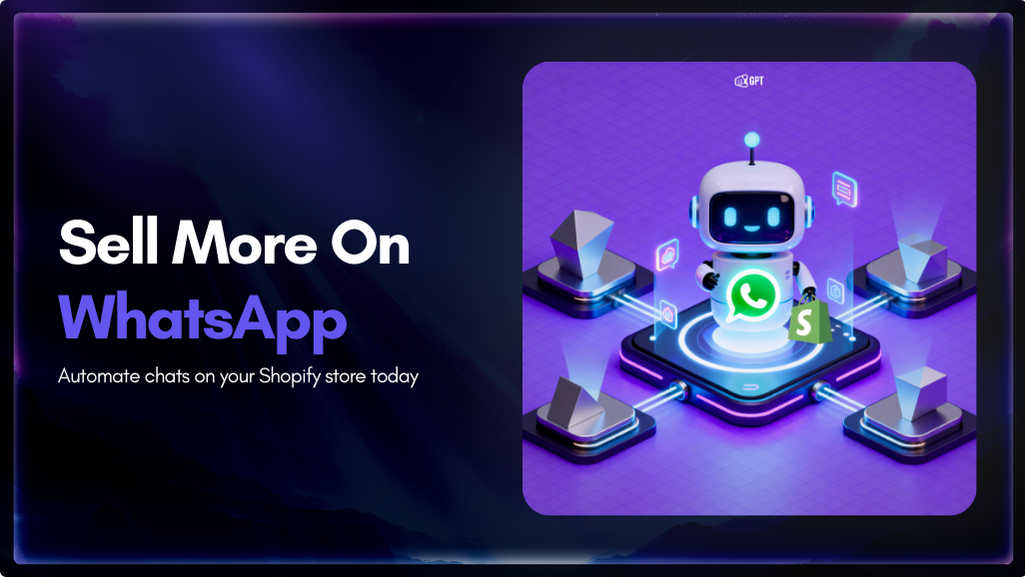
Shopify stores often use a chatbot on their website to handle product questions, order updates, and support. But customers also message on WhatsApp expecting the same quick answers. Most of them already use WhatsApp throughout the day, so reaching out there feels natural. A chatbot that works across both channels responds in seconds, guides purchase […]

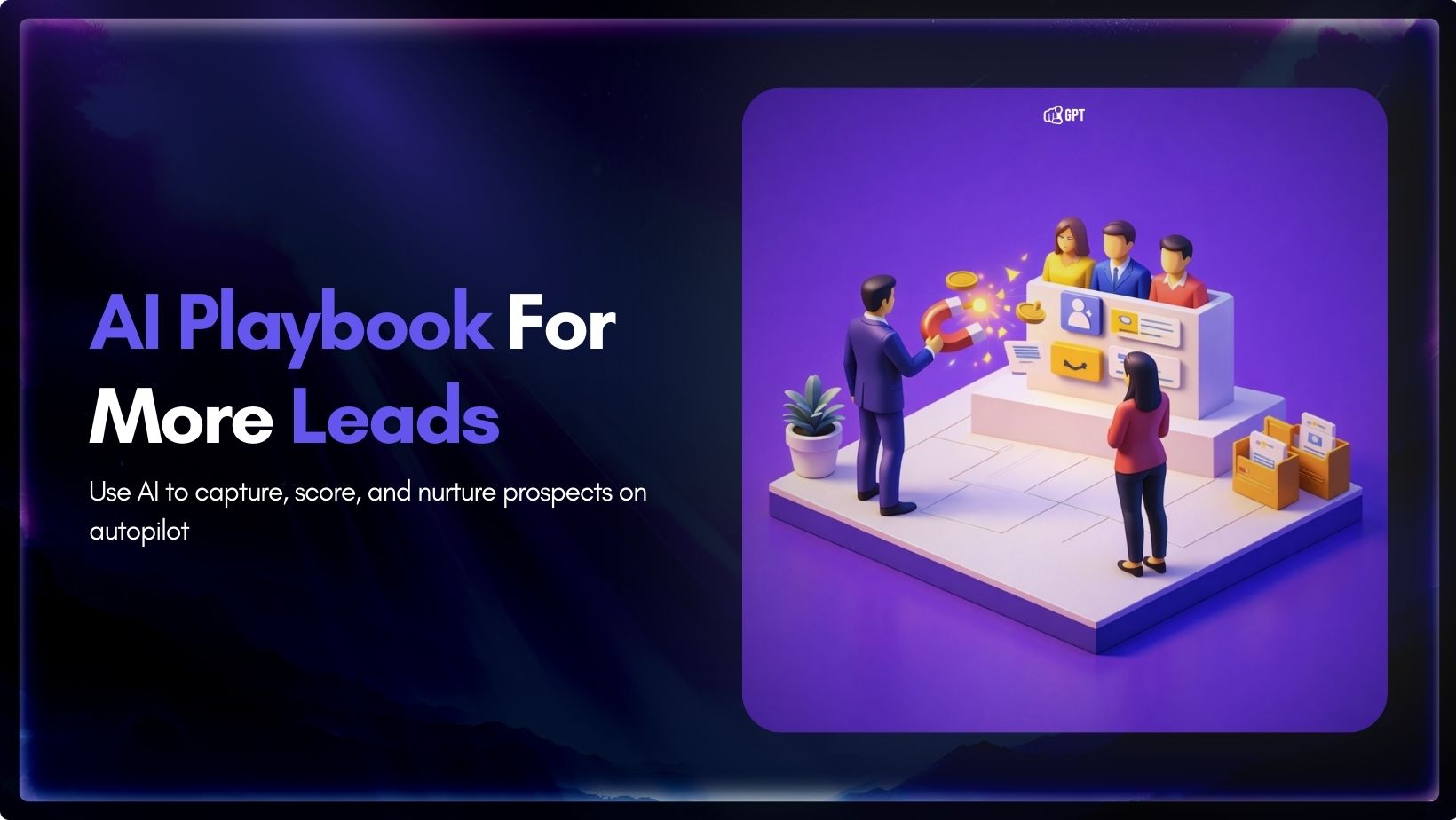
Most businesses do not struggle to generate leads. They struggle to know which ones are worth acting on. Forms get filled, DMs arrive, emails are opened, and chats happen across multiple tools. Some prospects convert. Most do not. The real problem is that there is no reliable way to tell, early enough, which signals actually […]

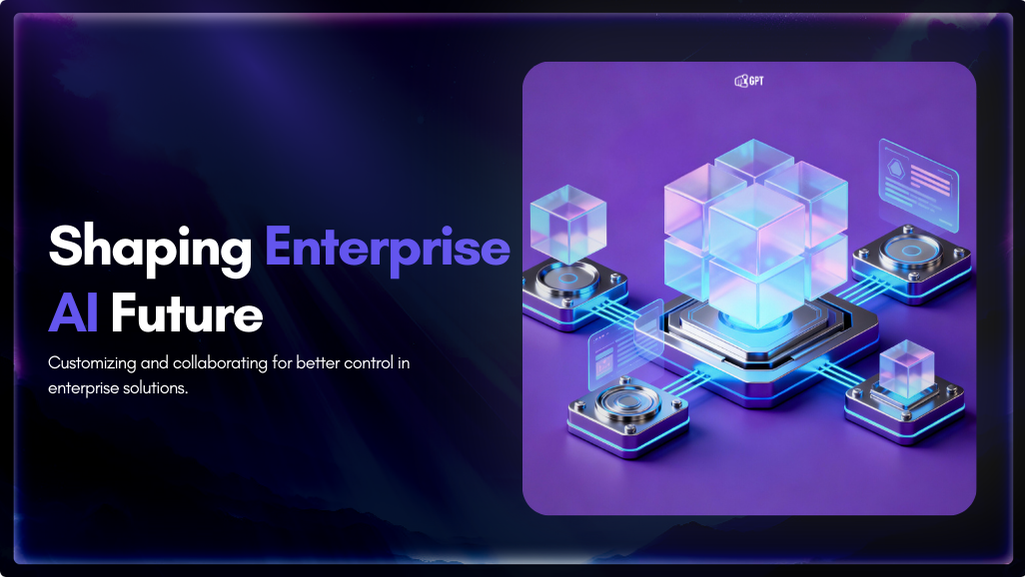
Artificial Intelligence has advanced quickly over the past five years, moving from an experiment to a standard component of modern business. AI has become a central part of enterprise strategy. 88% of organizations are now using AI. This figure has increased from 78% the year before. This transformation is reshaping how companies run, communicate, and […]

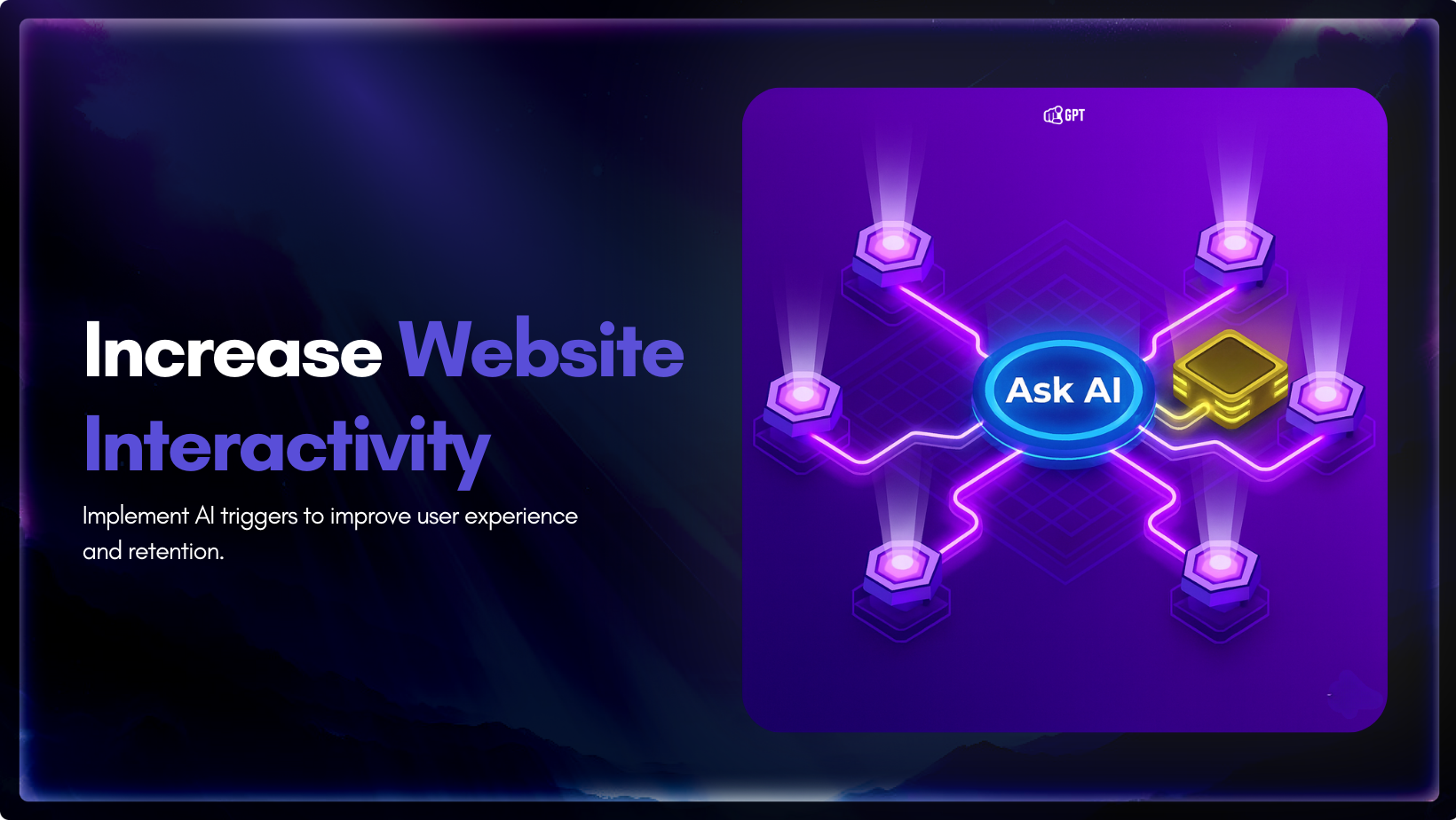
You invest time writing your website copy. You explain features, pricing, and how everything works. The information is there. Still, some visitors leave without clarity, and small gaps in understanding often stop them from moving forward. This happens because a static page cannot adjust to what they want at that moment. They skim a section, […]

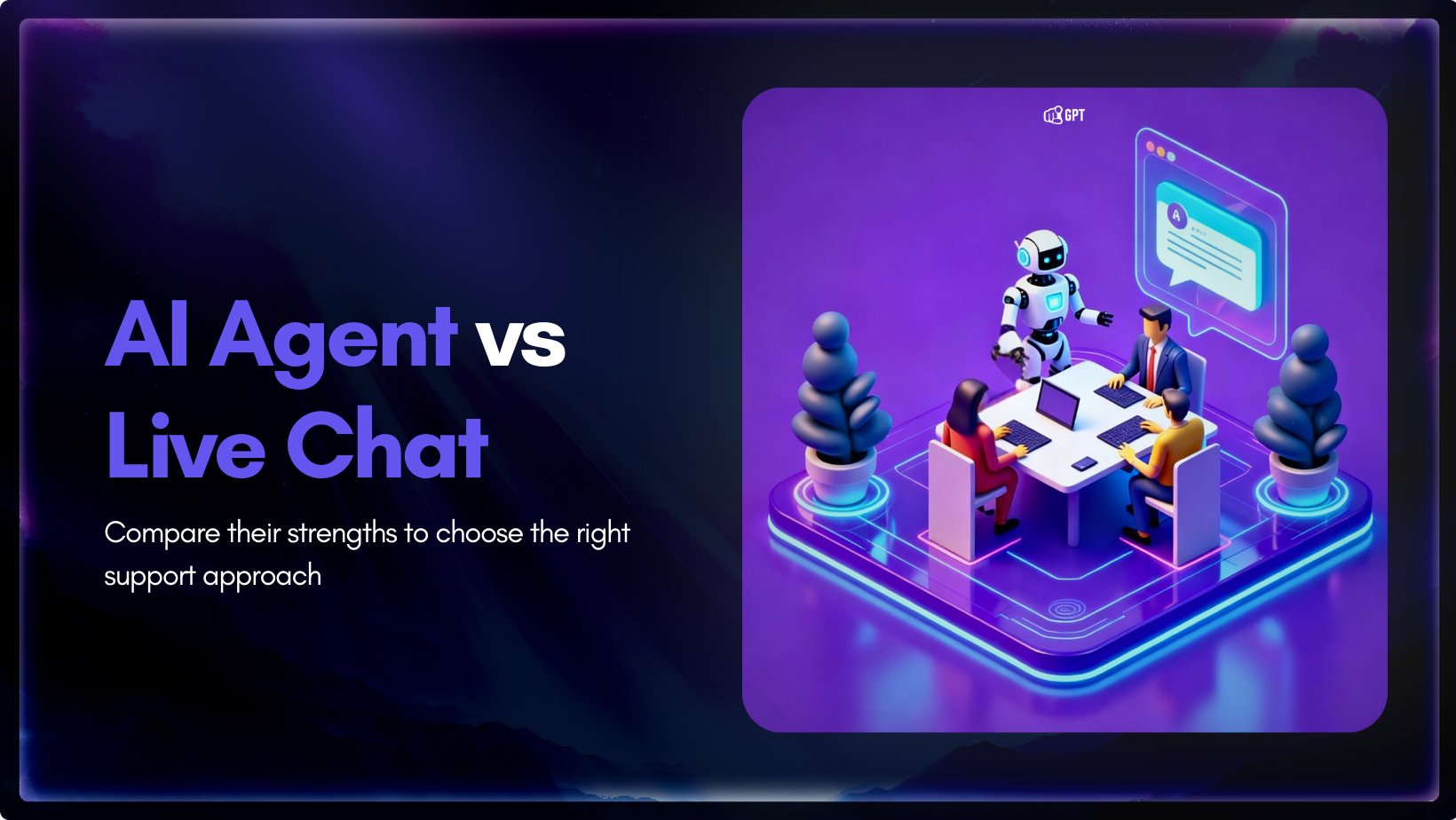
AI agent and live chat each play a different role in customer support, and the choice between them influences how a team handles growth. Companies are moving toward faster support models, and one clear trend is the use of AI to reduce operating costs by up to 30%. The difference shows up when ticket volume […]

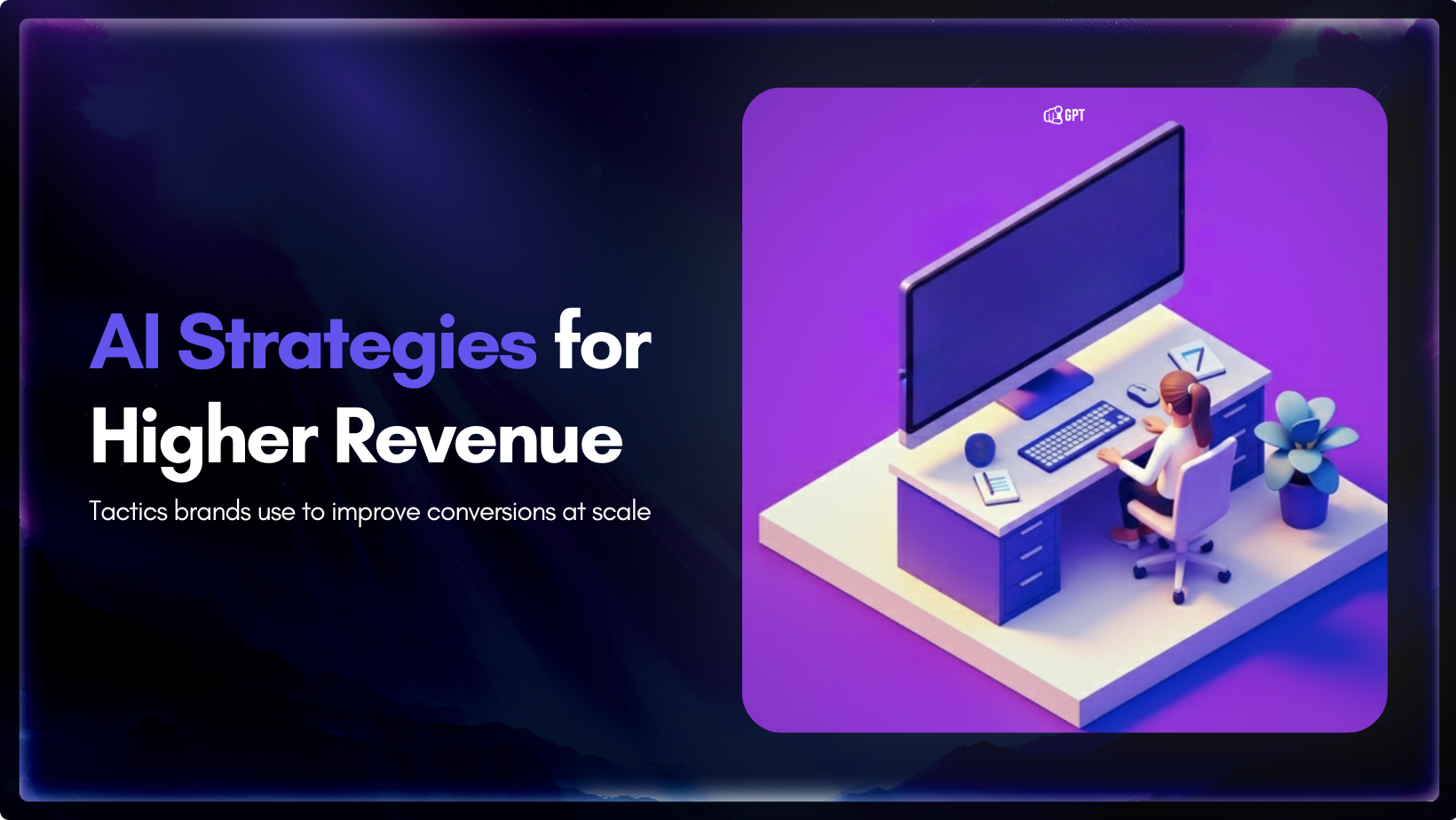
You have definitely heard about the use of AI in marketing. But have you ever seen or learned how it can actually drive revenue? Well, firms using AI in marketing and sales report significant benefits. According to a recent study by McKinsey & Company, revenue increases from AI show up most in marketing and sales, […]
